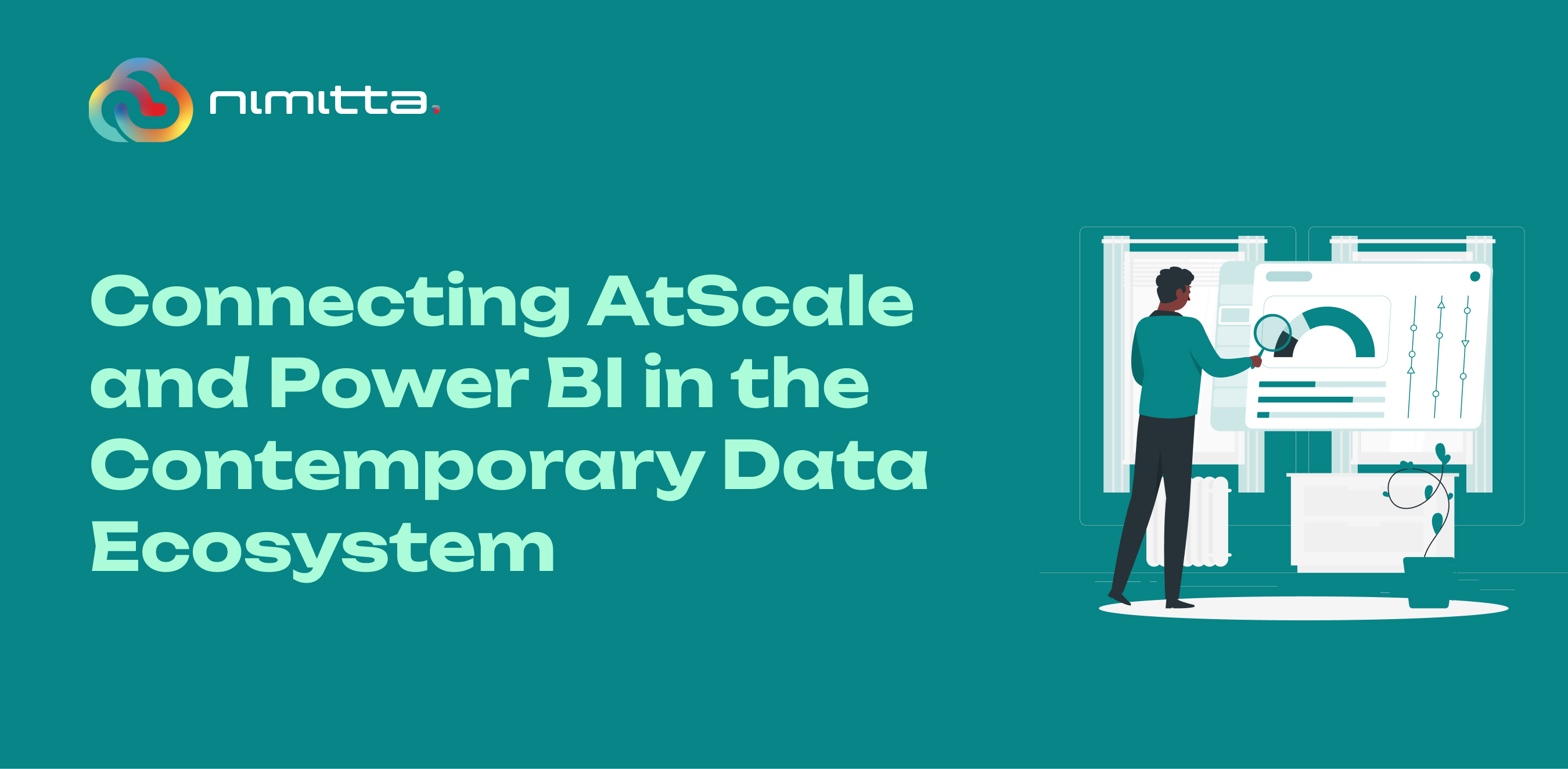
Connecting AtScale and Power BI in the Contemporary Data Ecosystem

In today's data-driven world, the way we collect, process, and interpret data has evolved significantly. Traditional business intelligence tools are no longer sufficient to handle the vast amounts of data generated daily. It's time to explore how AtScale and Power BI are bridging the gap in the modern data stack to provide powerful insights to the masses.
Introduction: The Data Revolution
A data revolution has been ushered in by the digital age. We're generating data at an unprecedented rate, from our online interactions to sensor data in our smart devices. With this wealth of data comes the need for powerful tools to make sense of it all. This is where AtScale and Power BI come into play, bridging the gap between raw data and actionable insights.
What is AtScale, and Why Does It Matter?
AtScale is a data warehouse virtualization platform that allows organizations to bridge the gap between their data platforms, making data more accessible and easier to manage. It serves as a vital link in the modern data stack, ensuring that data can be processed and analyzed effectively.
The Power of Power BI
Power BI, on the other hand, is a business analytics service by Microsoft that empowers organizations to visualize data and share insights in a user-friendly manner. It's a tool that democratizes data, making it accessible to business users without extensive technical knowledge.
The Marriage of AtScale and Power BI
The combination of AtScale and Power BI is a game-changer. AtScale's ability to virtualize data and create a unified semantic layer, combined with Power BI's intuitive data visualization capabilities, means that business users can access and analyze data without the need for complex data engineering or coding. It's like having a universal translator for data.
Why the Modern Data Stack Matters
The modern data stack, consisting of various data platforms, is the backbone of data-driven decision-making. It makes it possible for businesses to gather, handle, and analyze data from various sources. AtScale and Power BI play a pivotal role in this ecosystem, making data more accessible and actionable.
Data Accessibility: Opening Doors to Everyone
One of the primary advantages of AtScale and Power BI is data accessibility. In the past, data analysis was often limited to data experts and analysts. Now, with these tools, anyone in an organization can explore and visualize data, ask questions, and gain insights. It's like giving everyone the keys to the data kingdom.
The Importance of Data Governance
While data accessibility is crucial, it must be balanced with data governance. AtScale and Power BI also provide the necessary controls and governance features to ensure data security, compliance, and quality. It's like having a vault for your data treasures.
Case Studies: Real-World Success Stories
Let's explore some real-world case studies where organizations have harnessed the power of AtScale and Power BI to drive business success. These stories demonstrate the practical benefits of these tools in various industries and use cases.
FAQs
What is the main advantage of AtScale and Power BI?
The primary advantage is the democratization of data, making it accessible to business users without technical expertise.
Do I need to be a data expert to use these tools?
No, AtScale and Power BI are designed for non-technical users, making data analysis accessible to everyone.
How do AtScale and Power BI ensure data security?
Both tools offer robust data governance features to protect data and ensure compliance.
Can you provide examples of industries benefiting from these tools?
Yes, case studies reveal the success of AtScale and Power BI in industries like healthcare, finance, and retail.
What is the future of data analysis with tools like AtScale and Power BI?
The future is bright, with data analysis becoming more accessible and integral to decision-making in organizations of all sizes.